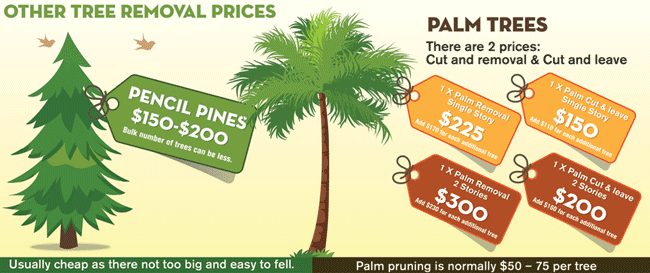Signs It's Time To Get Rid Of A Tree - A House Owner'S Guide
Signs It's Time To Get Rid Of A Tree - A House Owner'S Guide
Blog Article
Material By-Merrill Lucas
Trees include charm and worth to residential property, but they can additionally posture a threat throughout severe weather occasions. If a tree has quit growing, is exhibiting noticeable fungal development, or has a leaning trunk, it needs to be gotten rid of by an expert to prevent residential property damage and injury.
For more information, attend a homeowner resource fair co-hosted by HPD, the Center for New York City Neighborhoods, and Brooklyn-based housing partners this evening in Bedford-Stuyvesant. The occasion will certainly include the Property owner Manual, a new guide to help house owners navigate the obligations of having a home.
1. Dead or Perishing Branches
Trees are an indispensable part of your home's landscape, supplying shade and beauty. They likewise provide shelter for wild animals and create oxygen, yet even healthy and balanced trees can experience illness that may demand their elimination. Dead or passing away trees aren't just unattractive, they can be hazardous. Their branches can drop during a tornado, causing costly residential or commercial property damages and injuries.
When a tree's branches start to die, it suggests that its structure is starting to break down. If most of its branches are dead, it is most likely time to remove it.
Search for an absence of brand-new growth, bark peeling, open wounds or tooth cavities, fungis expanding on the trunk or origins and a basic look of decay in the whole canopy. These signs of infection can show a major issue that will call for professional tree services to fix.
2. Leaning just click the following post
While it's normal for trees to lean every so often as a result of phototropism, if a tree has a dangerous or serious lean that's not due to natural processes - maybe a sign that the tree requires to be gotten rid of. If the tree is leaning toward a power line, home, vehicle, play framework or any other location that could be unsafe to people if it falls, then contacting a specialist tree service for elimination must be a leading concern.
It's likewise crucial to look for any kind of sudden changes in a tree's leaning as it can suggest damage to the origins or trunk that might bring about falling. This is specifically real throughout stormy weather, considering that high winds and rain-soaked dirt can trigger a lean to change rapidly. updated blog post tracking, especially throughout and after storms can help property owners acknowledge prospective troubles with their trees so they can call an arborist for a complete evaluation.
3. Bug Invasion
Some pest infestations, such as wood-boring pests like emerald ash borer or sap-suckers like scale insects, are so severe that they can create a tree to pass away. The most effective method to stop pest infestation is to check your trees regularly. Try to find areas, openings, or stainings in the leaves and bark. Check out the trunk for cracks and indications of insect damage, such as tunnels or tracks.
If a tree becomes too ravaged with parasites, or is close to a home or high-voltage line, an arborist may advise elimination. If a leaning tree creates a brand-new, unstable lean, an arborist will likely suggest elimination as well to ensure the security of individuals and property. If a weakened or dead tree continuously sheds too much branches, it is a sign that it is time to eliminate the tree. If a tree remains to lose branches for a prolonged amount of time, it can lead to structural troubles and potential property damages.
4. Harmed Trunk
Trees are a stunning and fundamental part of our landscape, however they do need normal like keep them healthy and balanced and safe. If a tree is damaged beyond repair it is likely time for it to come down.
Look for indications of damages to the trunk, consisting of vertical cracks, joints, dead branch stubs, noticeable injuries or open cavities and extreme tree-rot. The presence of fungi at the base of the trunk is another cautioning sign. Fungis may suggest that the phloem and xylem (life-support tissues) are jeopardized, enabling the spread of disease or a future failure.
Likewise, think about whether the tree has actually quit expanding. Healthy trees will have new growth annually, which might be visible as buds or branches growing and expanding. If you do not see any type of new development, it's an excellent concept to have an arborist evaluate the tree and follow their recommendation for elimination. A dying or harmed tree can fall and trigger home damages.